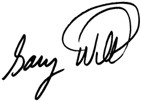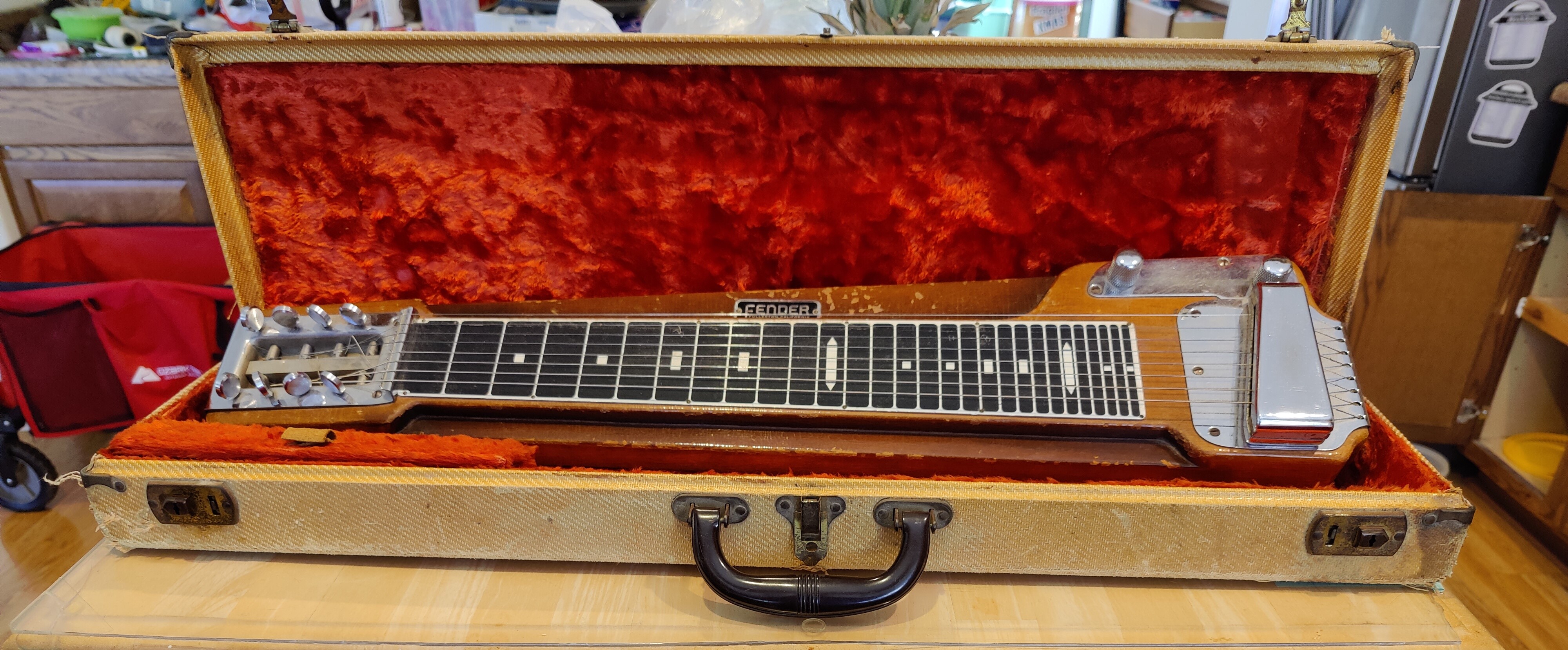Dec. 11, 2023.
Link to Facebook gallery of photos:
WilkesBanjoPhotos
In 1969, I bought a Bacon & Day Silver Bell from the factory. I bought it through Westchester Music in Westchester, California. When the banjo was delivered, I was crushed. The neck was a 2X4. The pearloid inlay was sloppy. It was garish rather than beautiful. I went back to the store and expressed my displeasure. The salesman said that he went to school with a man who made five-string necks to custom order. He referred me to Ren. They were former classmates at Westchester High.
I bought it through Westchester Music in Westchester, California. When the banjo was delivered, I was crushed. The neck was a 2X4. The pearloid inlay was sloppy. It was garish rather than beautiful. I went back to the store and expressed my displeasure. The salesman said that he went to school with a man who made five-string necks to custom order. He referred me to Ren. They were former classmates at Westchester High.
Ren’s shop at the time was a storage locker in Santa Monica. Small, stuffed with materials, machines and replaced tenor banjo necks hanging up, it was the shaft of a spear that created beautiful instruments – with Tirebiter prancing, sleeping and owning the facility. Ren’s solution to my axe-handle banjo neck was both beautiful, unique and wonderfully playable. Ren used a piece of walnut with a classic B&D Peghead and a Weyman fingerboard. The heel was carved with a floral/vine design. That was my turning point. A year later, I sold that banjo for $500, added $500 and hired Ren to make a complete banjo, start to finish. I selected a Bella Voce style inlay pattern with a subtle alteration. The three dots on the peghead around the top tuners were omitted at my request. I thought they were a bit too much – and still do. Ren had a master engraver at Olds Trumpet do the engraving on the metal work. The gold plate had a clear lacquer finish that wore through within a couple years. That can be seen on the palm rest.
That was in Ren’s shop in Venice. I visited several times during the creation/assembly. The neck was taken from a piece of maple used to make a second, identical neck. Mine was completed first. The other went to a woman I never met, but friends of mine were surprised that ‘My Banjo’ showed up at Weiser, Idaho bluegrass festival. I assume it was hers, #2. I also assume that hers retained the dots around the tuners on the peghead.
Two piece flanges were very difficult to get in 1971. Ren used a one-piece flange. He said he found the edge-binding in a garage attic, owned by a woman whose husband worked for Gibson before he died. Ren drilled the 40 concentric holes in the tone ring. Ren had a master engraver at Olds Trumpet do the engraving on the metal work. I took delivery in August of 1971. I have owned it ever since.
There is a unique feature to this instrument. While assembling the neck to the pot, Ren dropped the neck. Inside the resonator (invisible unless you take it off) is a sliver missing at the base of the heel. I had the sliver for several years, but lost it long ago.
Ren told me a few years ago, that when he was completing my banjo he received a ‘cease and desist’ order from Gibson about putting their name/logo on the peghead. I think he said that was the last one he did with Gibson on it.
Some other stories:
Once, Ren tried to get hired by the LA Schools to repair/restore and maintain musical instruments. His test was to string bows – as many as he could in an hour. He strung over 20 of them in the allotted time. Their ‘master’ could do four. Ren’s 20 were as good as the masters, but the belief was that he couldn’t possibly beat the master by a factor of 5.
I also visited Ren shortly after he his bow-hunting accident and saw him again in Bozeman about ten years ago.
In 1969 (maybe ’70’) Ren performed at the Topanga Canyon Banjo and Fiddle contest, playing acoustic guitar for a group. I was there.
It has been my great pleasure to own and play a true masterwork. I have seen a few Gibson Bella Voces over the years. I find the carving and paint-job to be garish. Mine is more beautiful than the original and the sound is incredible. It is the perfect studio instrument but isn’t as loud as a flat-top – or as brittle sounding. I figured out a mount for a Radio Shack “Electret” condenser mic that both amplified it for stage performance and retained much of its tonality. I didn’t know what I was buying when I was 19, but kismet is rarely planned. I am indebted to his great mastery and proof that even in the ‘old days’ he was going to be the great luthier he is.
Regards,

Gary Wilkes




